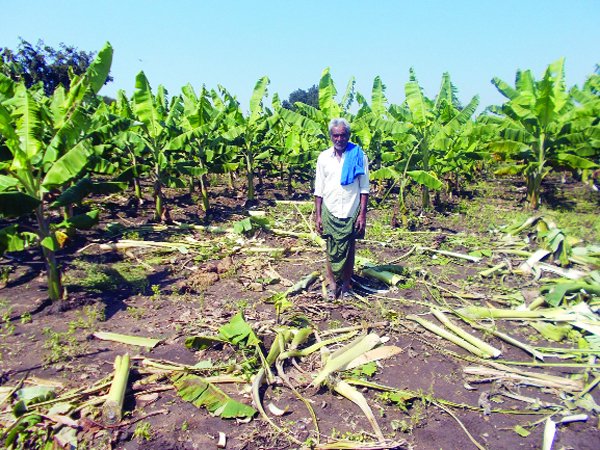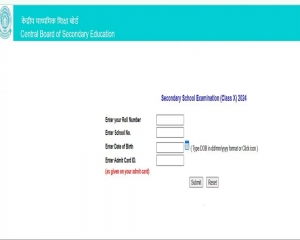As the country grapples with rising incidents of man animal conflicts, a novel cell-phone based technology — “WildSeve” is set to show the way for minimising such tragedies. The technology is being successfully used in 284 villages fringing two of the country’s premier tiger reserves — Bandipur and Nagerhole in Karnataka, which have one of the densest tiger and elephant population in the world.
During one year of its application, (since its official launch on July 1 last year), WildSeve has responded to 3,420 calls, assisting as many victims to file their claims of damage, incurred in wildlife conflicts. These include 3,261 incidents of crop and property loss by elephants and other herbivores, 148 cases of livestock predation by big cats and wild dogs, besides 11 cases of human injury and 2 deaths. So far, nearly 1,000 families have either received or are in the process of receiving compensation.
Brainchild of Dr Krithi Karanth, associate conservation scientist, Asia, Wildlife Conservation Society, the technology makes use of a mobile phone and a dedicated response system. After an incident of wildlife encounter, the victim calls up a toll-free phone number. He/she is then prompted to leave a voice message with details of the incident. The message is next routed to a coordinator. Henceforth, motorcycle borne trained responders, located strategically in the affected areas, rush and assist families in filing compensation claims, completing all due processes for them, to ensure fair assessment of the damage.
Wildseve team presently comprises 10 members. The project is supported by Oracle, The Rufford Foundation and the Big Cats Initiative of National Geographic Society.
“Our system basically acts as an intermediary between local communities and Government agencies. It tracks the progress of claims with the forest department, thereby facilitating the payment of adequate compensation to the victims as early and in a transparent manner,” says Karanth. “Seve” in the local Kannada language means in service or to serve.
True to its name, the programme has been serving many poor farmers in the region. Take the case of NC Shankarappa, from the Naganapura village in Bandipur Tiger Reserve. He has nearly 16 acres of land where he grows banana, tomatoes, turmeric, onions, etc. But nearly six acres of his banana farms along with his other crops frequently get marauded by elephants. He claims to be one of the worst affected, having made nearly 35 calls to WildSeve. “My land is just 400 metres away from the nearest forest, leading to recurring incidents of wildlife conflicts”, he says, adding that he has so far received Rs 16,450 in 13 cases.
In the words of N Mohammad Ibrahim, from Yediyala village, in Bandipur, Dholes/Wild dogs have been regularly preying on his livestock including chicken and goats for past few years. “I have lost about 100-150 chicken, but did not know how to apply for compensation. logistically it would be very tough for me to get the forest personnel, photographers etc for recording the damages, till WildSeve came to our rescue”, he says.
For Karanth, WildSeve has emerged from nearly seven years of intensive research with her team conducted in 1972 individual households selected from 1371 villages. These were located within 10 km radius of five tiger reserves located in the Western Ghats of Karnataka— Bandipur and Nagerhole being two of them.
Western Ghats — one of world’s eight biodiversity hot spots, is the home of various endangered species including Dholes (wild dogs), tigers, elephants, leopards besides feral pigs etc. However, most of these species that enjoy high degree of protection under Wildlife Protection Act 1972, are unfortunately also behind these conflict cases. Their habitats are flanked by a human population density ranging between 135 — 443 persons/ sq kilometers. This added to the growing pressures of agriculture and livestock, make the region, a hot bed of man animal conflicts.
The research revealed, that out of 64% households that suffered crop losses, 15 % cases pertaining to livestock predation, only 31% of the reported cases actually received compensation from the government for their losses.
“The study enabled me to understand the complexities of human-wildlife interactions across India and I found that compensation has a major role to play in fostering tolerance of local communities toward wildlife,” says Karanth. She now hopes to take forward the technology to more number of affected villages and work in collaboration with interested organisations in other protected areas of the country.


























